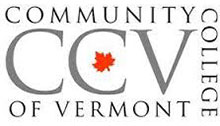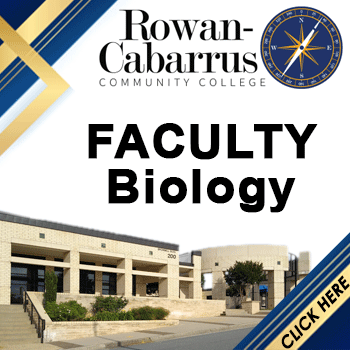
CCV Part Time Faculty - Human Anatomy & Physiology I
Job Description
Full job description
Every year Community College of Vermont employs nearly 800 part-time faculty to teach its courses at 12 locations statewide and online, and we are always looking for enthusiastic, knowledgeable teachers. All faculty work part-time with a maximum of three courses each semester.
Our Mission: The Community College of Vermont, a Vermont State College, supports and challenges all students in meeting their educational goals through an abiding commitment to access, affordability, and student success.
The Community College of Vermont seeks applicants for a part-time faculty position to teach Human Anatomy & Physiology I (4 Credits) in the Brattleboro Center for the Fall 2024 semester.
Day/Times: Wednesdays from 6:00PM - 8:45 PM
Semester Dates: 9/4/24 - 12/16/24
Location: Brattleboro
Course Description:
This is the first semester of a two-semester course which examines the structure and functions of the human body. Topics include fundamental principles of cell and tissue structure, gross anatomical and physiological organization, electrochemical communication systems and muscle physiology. This is a laboratory course that involves hands-on or simulated laboratory experiences. Prior learning in basic algebra, and chemistry or biology are recommended.
Course Objectives:
1. Describe cellular structure and communication as it relates to the use of organic and inorganic molecules, enzymes, membrane transport mechanisms, cell reproduction, and protein synthesis.
2. Demonstrate the use of anatomical terms for planes, directions, and locations as related to systems of the human body and describe the gross and microscopic anatomical organization of cells, tissues, organs, and organ systems.
3. Identify and describe the histological characteristics of connective, epithelial, nervous and muscle tissues and explain how the physiological roles of each ensure homeostasis.
4. Analyze the integumentary system for its role and structure in the human body.
5. Discuss the gross and microscopic anatomy of the skeletal system and identify the functions and role of joints and articulations.
6. Discuss the gross and microscopic anatomy of the muscular system and the physiology of muscular contraction.
7. Describe the pathway and mechanisms by which skeletal, muscular, and nervous systems interact.
8. Describe the structure and function of the peripheral and central nervous systems, including how electrical signals are generated and communicated throughout the human body.
9. Describe diseased states and how they impact different organ systems.
10. Demonstrate proficiency in understanding, interpreting, evaluating and applying quantitative data and information.
11. Explain how knowledge created in the natural sciences has contributed to the creation, maintenance and dismantling of social inequalities and discuss the impacts of diversity and inclusion on scientific research and practice.
Lab Objectives:
1. Apply knowledge of the scientific method to:
a. formulate and evaluate real-world scientific questions;
b. ethically plan and implement accurate data collection;
c. analyze and evaluate data;
d. generate conclusions based on analysis and justify claims with evidence;
e. integrate the related work of other scientists; and
f. propose ideas for further inquiry.
2. Communicate findings in a format appropriate to the discipline and type of investigation, such as a laboratory notebook, laboratory report, observational study, field investigation report, poster, or presentation using appropriate evidence to support these findings.
3. Understand the structure and purpose of peer-reviewed publications.
4. Complete labs in the following areas: introduction to anatomy, cellular function, tissues (with an emphasis on skin), the skeletal system, the muscular system, and the nervous system (including the brain and integration of the nervous system).
5. Evaluate scientific information for validity, accuracy, reliability, and methodology.
6. Identify and follow lab safety techniques that are aligned with CCV’s Chemical Hygiene Plan, Lab Safety Agreements, and chemical Safety Data Sheets (SDS).
Requirements: Master's degree
CCV values individual differences that can be engaged in the service of learning. Diverse experiences from people of varied backgrounds inform and enrich our community. CCV strongly encourages applications from historically marginalized and underrepresented populations. CCV is an Equal Opportunity Employer, in compliance with ADA requirements, and will make reasonable accommodations for the known disability of an otherwise qualified applicant.
Additional Information: All new full-time employees and certain part-time employees will be subject to a fingerprint-supported criminal background check. Any offer of employment is contingent upon the satisfactory results of this check.
Application Instructions: In order to be considered, please submit a complete application package which includes our online employment application, cover letter, resume/CV, and contact information for three professional references at: https://ccv.edu/learn-about-ccv/employment/
This general outline illustrates the type of work which characterizes the job classification. It is not an all-encompassing statement of the specific duties, responsibilities and qualifications of individual positions assigned to the classification.
*Please mention you saw this ad on AcademicJobs.*




